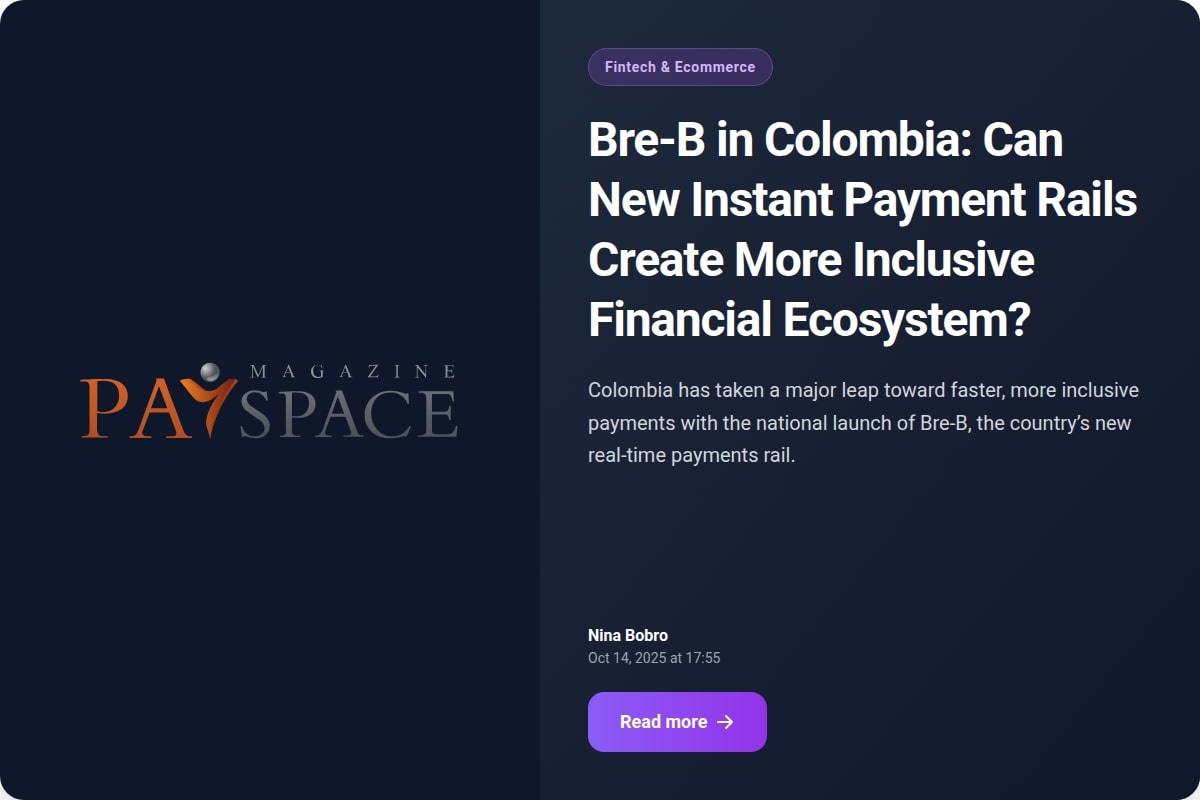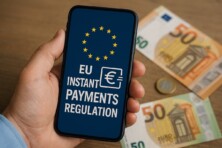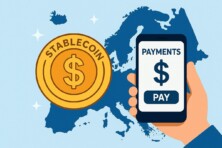Colombia has taken a major leap toward faster, more inclusive payments with the national launch of Bre-B, the country’s new real-time payments rail.

Colombian banking regulator, the Bank of the Republic announced that Bre-B began full-scale operations on 6 October 2025. The new instant payment system was designed to provide a 24/7 clearing and settlement mechanism that will let users send and receive low-value payments in seconds.
Given the absence of a unified, nationwide instant payment rail, early Bre-B adoption in Colombia has been rapid. In the weeks before the launch, millions of “llaves” (alias identifiers) were registered across banks, fintechs, and digital wallets. Some indicators show tens of millions of keys and double-digit millions of users signed up during the rollout. It is estimated that about 76% of the country’s adult population have already registered to use Bre-B.
Moreover, the new system handled several million transactions in its first days. These figures underline strong consumer interest in instant, alias-based payments.
What Bre-B Is and How It Works
Bre-B is an interoperable payment network that links banks, neobanks, financial cooperatives, and digital wallets so money can move instantly between any connected participants.
Users register one or more key aliases (known as llaves), such as a phone number, email, national ID, or an alphanumeric code. Those map to their account, so senders only need to provide that identifier and a money amount to make a transfer.
The central bank provides two core components of the Bre-B payment system: a centralized directory (DICE) that maps key aliases and an operational settlement mechanism (MOL) that completes instant, central-bank-money settlement between participants.
System Design Choices: Learning From Pix, But Not Copying It
Colombia looked to the successful instant payment system case of Brazil’s Pix for lessons, especially around 24/7 availability, alias payments, and QR support. Brazilian EBANX was one of two fintechs invited by Colombia’s central bank to join the committee that helped design Bre-B. Though inspired by Pix, the country chose a bit different technical path.
Rather than replacing existing rails with a single new interbank channel, Bre-B acts as an ecosystem layer that bridges previously siloed transfer services (such as Transfiya and other local rails) and allows new players to plug in. That hybrid approach aims to preserve existing infrastructure while enforcing universal interoperability.
Why This Matters For Financial Inclusion And Commerce
Bre-B arrives in a market where credit-card penetration is low (less than a quarter of the total population – one of the lowest credit card penetration rates in Latin America), while electronic transfers are growing rapidly. Colombia’s digital economy has also grown at double-digit rates since 2019 and is projected to exceed $52 billion in 2025, making it Latin America’s third largest after Brazil and Mexico, according to PCMI data cited by EBANX.
Therefore, an easy, free, and instant payment option can expand digital commerce and bring new users online. The system is also explicitly designed to connect to family compensation funds and other social institutions, which could speed subsidy payments and broaden access for people previously reliant on cash. Analysts expect Bre-B to support Colombia’s fast-growing digital economy and to change how merchants, payroll, and public payments are executed.
Furthermore, the Bre-B launch is a game-changer for Colombia’s cross-border commerce. EBANX, working with MOVii, has made it possible for international merchants to accept Bre-B payments from day one via a single integration. MOVii’s “Smart Router” connects to Bre-B nodes and routes transactions efficiently, so merchants do not need multiple local integrations to reach Colombian customers. That simplifies market entry for global e-commerce players and speeds up checkout for local buyers.
What To Expect in Colombia’s Payment Market Next
At launch, Bre-B handles person-to-person (P2P) and consumer-to-merchant flows. Its future phases plan to add government payments, recurring and bulk transactions for payroll, and other features that will increase utility for businesses and public agencies.
For global companies and payment providers, the immediate priorities are integration (or working with local partners), adapting checkout flows to key aliases, and planning for new settlement and reconciliation patterns.
The digital economy is projected to grow from $52 billion in 2025 to $73 billion by 2028, and Bre-B is widely considered a major enabler of that growth.
Bottom Line
Bre-B changes the baseline for payments in Colombia. By combining a central directory and instant settlement with broad participation and single-point merchant access, it should make everyday transactions faster, reduce friction for online sales, and open pathways for greater financial inclusion, provided adoption continues and the planned extensions reach businesses and government channels.









